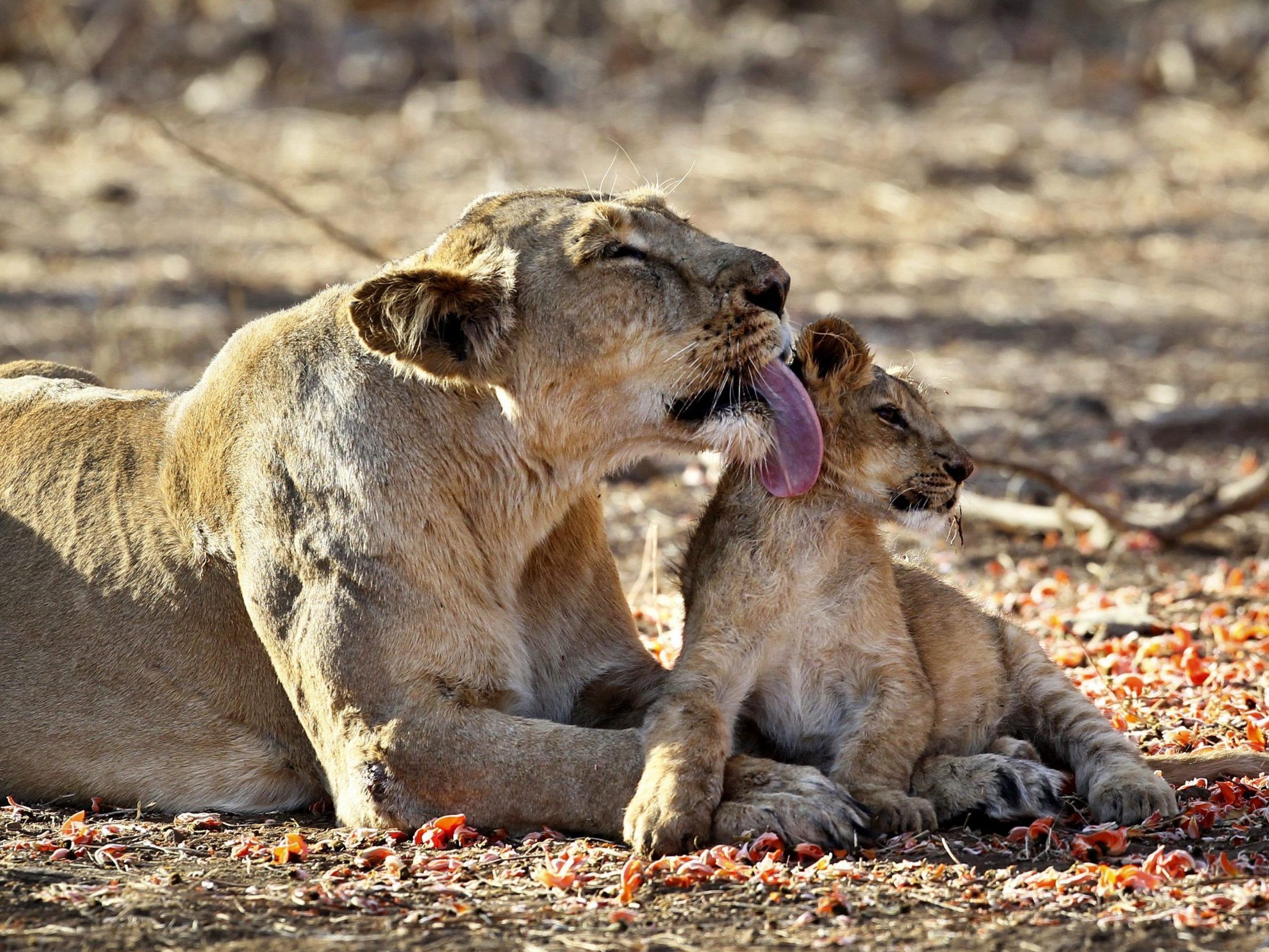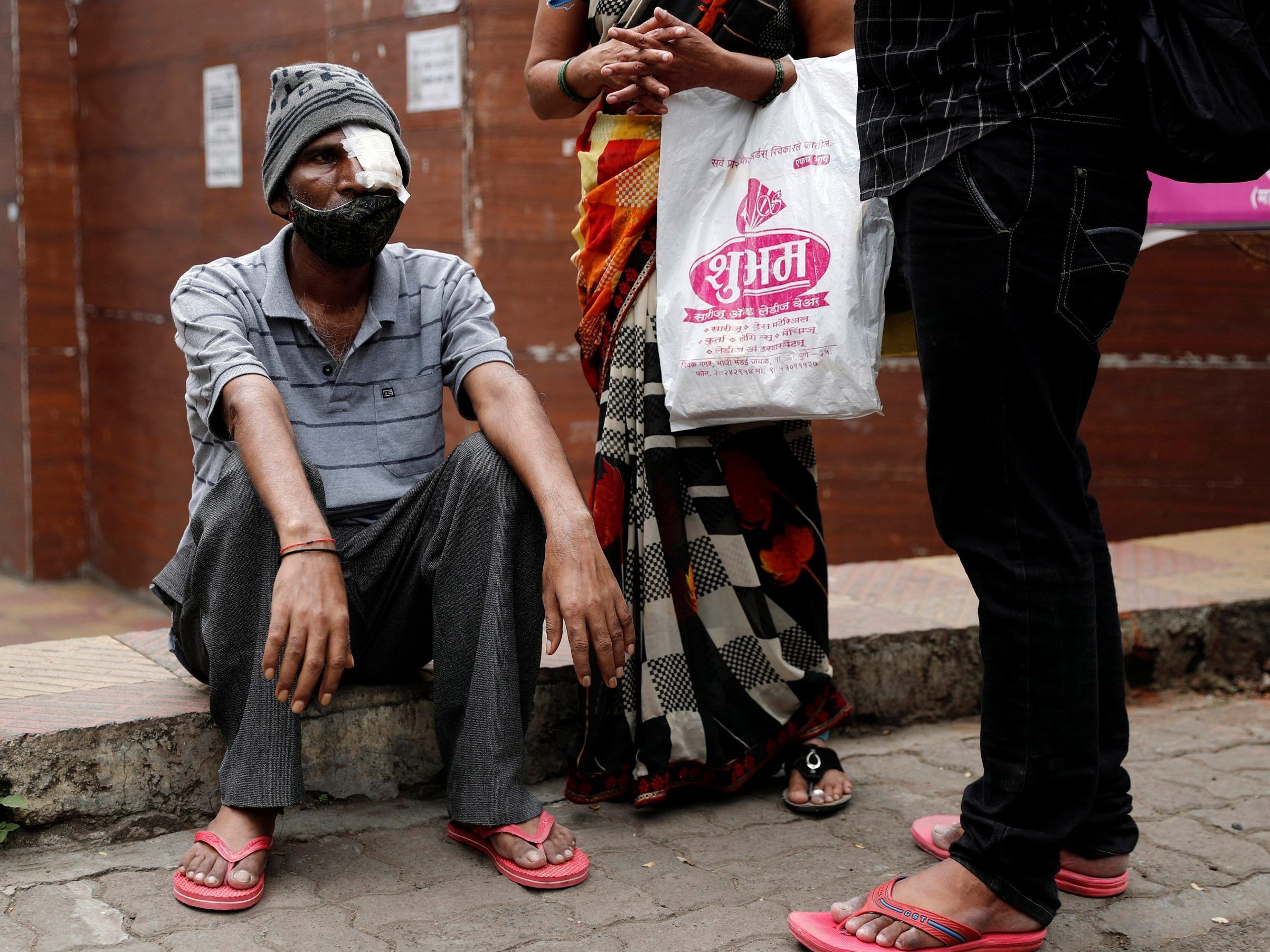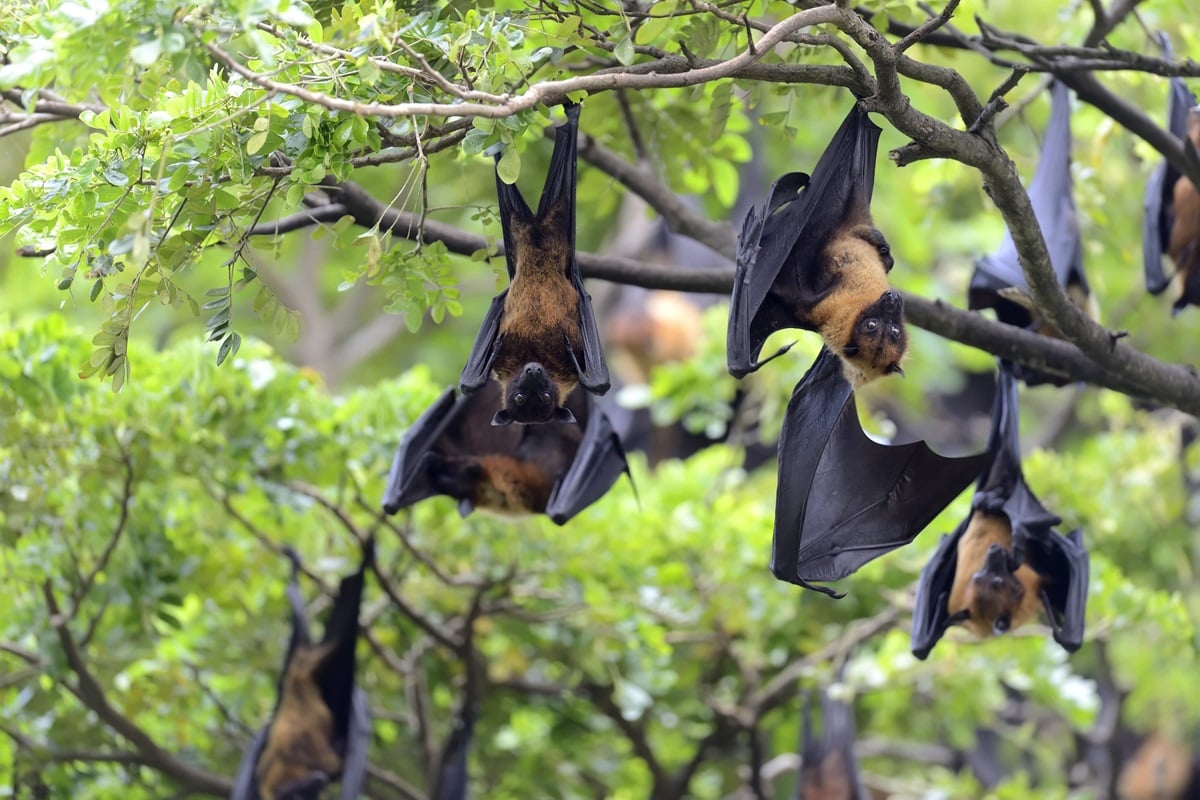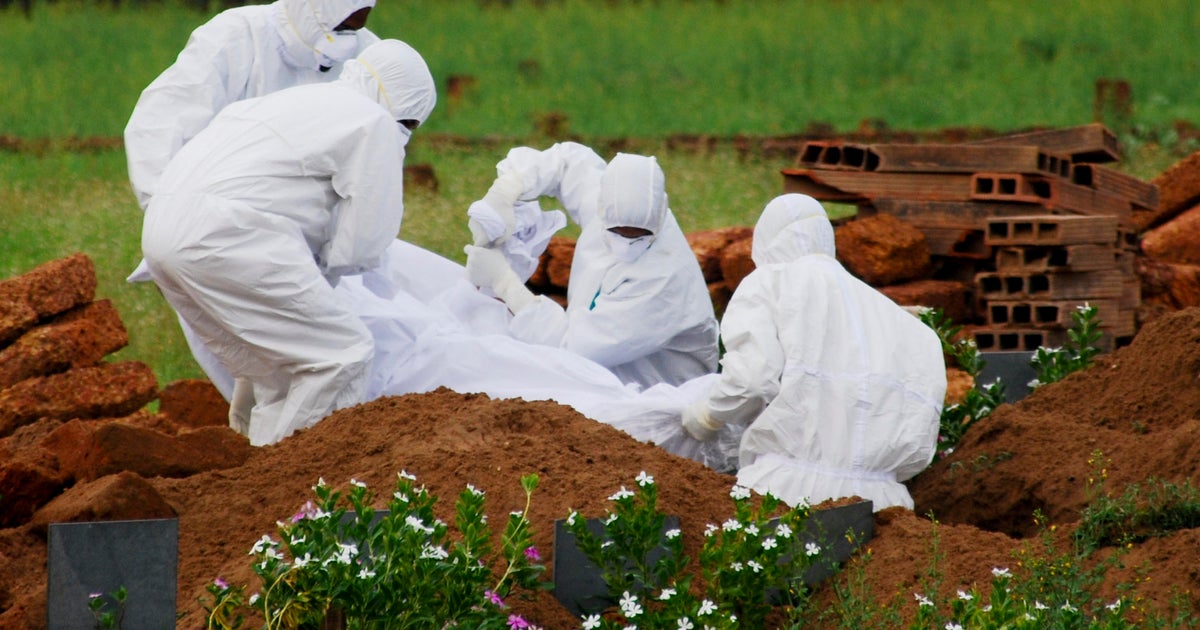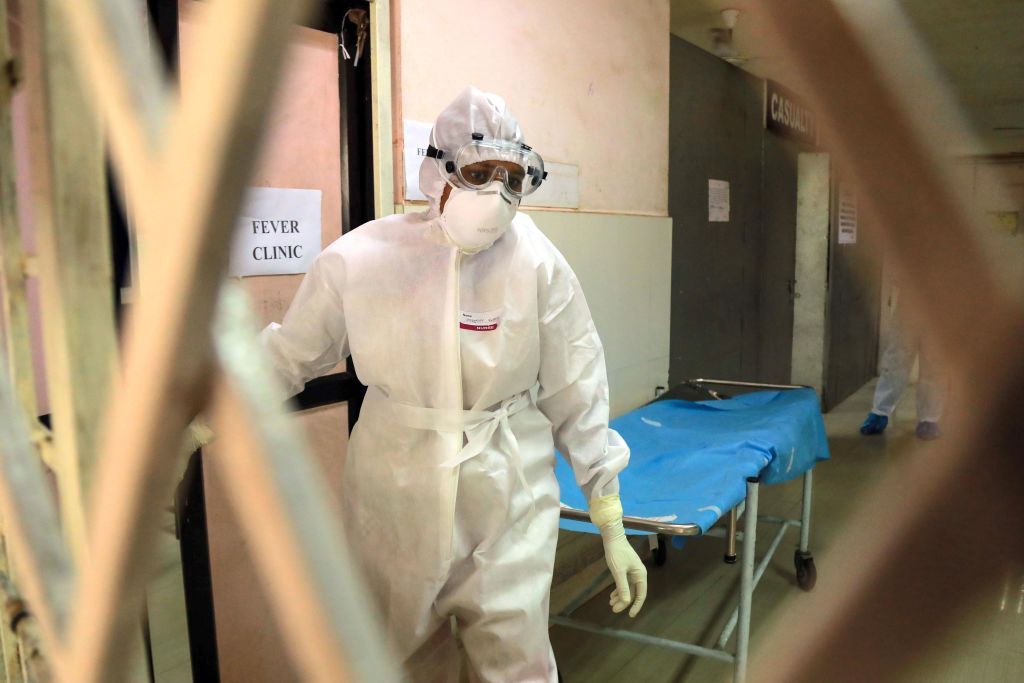Deadly fungus infection found in COVID-19 patients in India
Some sufferers lost their upper jaws and eyes after contracting it, according to media reports
Author of the article:Bloomberg News
Bloomberg News
Bhuma Shrivastava
Publishing date:May 10, 2021 • 1 day ago • 1 minute read • 13 Comments
A health worker wearing a protective gear walks past COVID-19 patients inside a banquet hall temporarily converted into a COVID care centre in New Delhi on May 10, 2021.
A health worker wearing a protective gear walks past COVID-19 patients inside a banquet hall temporarily converted into a COVID care centre in New Delhi on May 10, 2021. PHOTO BY ARUN SANKAR /AFP via Getty Images
Article content
India’s health authorities are warning about a fungal infection seen in some COVID-19 patients which can disfigure facial features and even kill, as the country continues to grapple with the world’s fastest-growing coronavirus outbreak.
Mucormycosis, also called the “black fungus” infection, can damage the sinuses or lungs when the spores are inhaled, the Indian Council of Medical Research said in a health advisory issued Sunday.
Patients who have been on medication for some time or had prolonged stays in the ICU are particularly susceptible, the ICMR said. The rare but deadly infection can kill and maim patients, with some COVID sufferers losing their upper jaws and eyes after contracting it, according to local media reports.
With India reporting more than 300,000 new virus infections for the past 19 days straight, doctors across emergency rooms are seeing a rash of such cases — an unintended consequence of intensive medical intervention that sometimes includes oxygen tubes through the nose. The fungus can attack through the respiratory tract, and was present in India before the COVID pandemic, according to the New York Times.
Advertisement
STORY CONTINUES BELOW
This advertisement has not loaded yet, but your article continues below.
Article content
India’s health system has been stretched to breaking point by a second virus wave that is proving more lethal and harder to control than the first.
Warning signs for the fungal infection include pain and redness around the eyes and nose, shortness of breath, bloody vomiting and an altered mental state, the ICMR said. Doctors were advised to monitor the afflicted person’s blood glucose levels and to use clean, sterile water in humidifiers used for oxygen therapy. The ICMR warned against overuse of steroids, indicating they could worsen the infection.
The fungal infection is the latest complication in India’s virus fight, with the country continuing to run short of hospital beds, oxygen cylinders, COVID medicines and vaccine doses as cases rise. Experts have warned that the sheer size of India’s outbreak is bound to generate new virus mutations and after-effects from the virus that may not have been seen elsewhere.
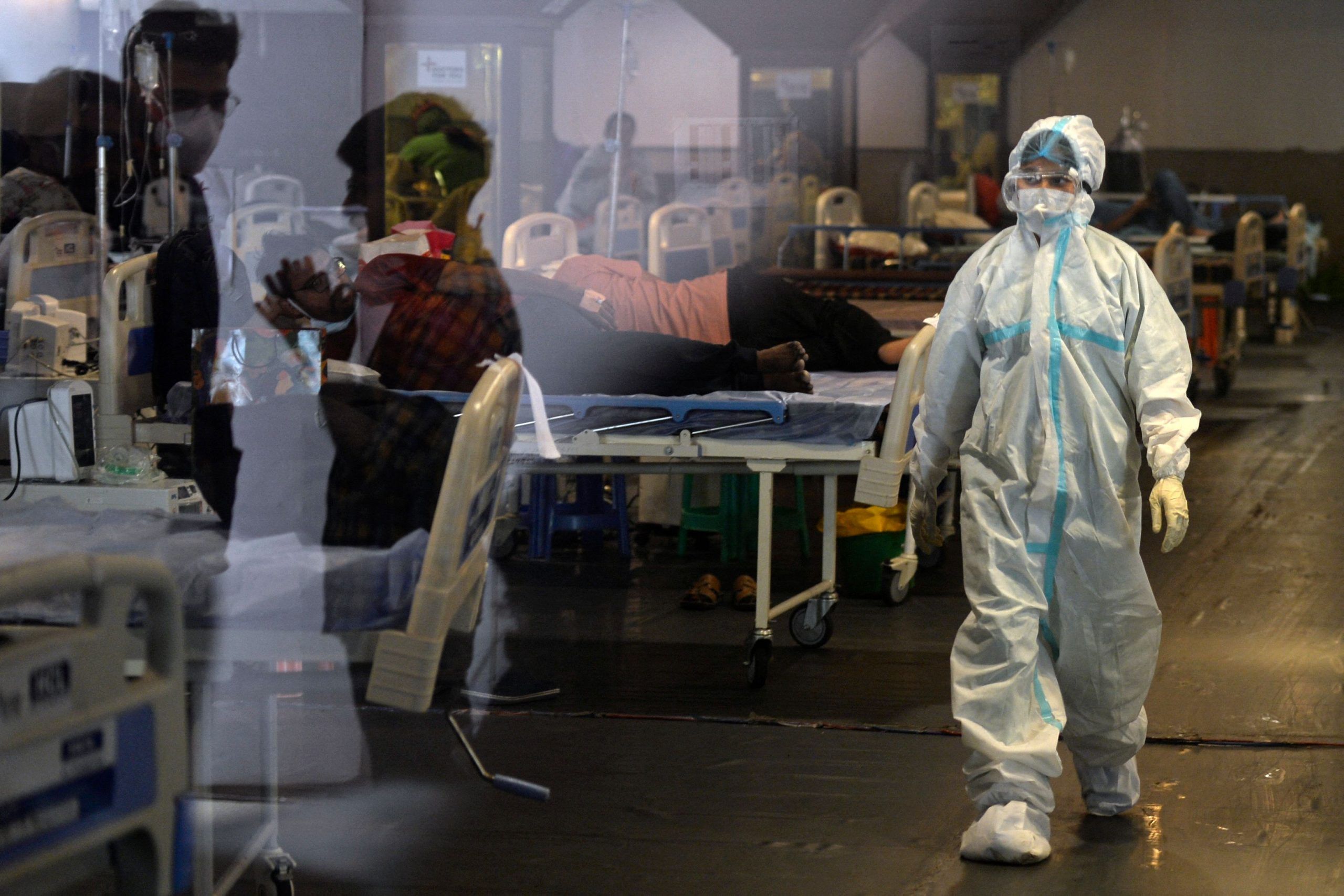
 torontosun.com
torontosun.com
Some sufferers lost their upper jaws and eyes after contracting it, according to media reports
Author of the article:Bloomberg News
Bloomberg News
Bhuma Shrivastava
Publishing date:May 10, 2021 • 1 day ago • 1 minute read • 13 Comments
A health worker wearing a protective gear walks past COVID-19 patients inside a banquet hall temporarily converted into a COVID care centre in New Delhi on May 10, 2021.
A health worker wearing a protective gear walks past COVID-19 patients inside a banquet hall temporarily converted into a COVID care centre in New Delhi on May 10, 2021. PHOTO BY ARUN SANKAR /AFP via Getty Images
Article content
India’s health authorities are warning about a fungal infection seen in some COVID-19 patients which can disfigure facial features and even kill, as the country continues to grapple with the world’s fastest-growing coronavirus outbreak.
Mucormycosis, also called the “black fungus” infection, can damage the sinuses or lungs when the spores are inhaled, the Indian Council of Medical Research said in a health advisory issued Sunday.
Patients who have been on medication for some time or had prolonged stays in the ICU are particularly susceptible, the ICMR said. The rare but deadly infection can kill and maim patients, with some COVID sufferers losing their upper jaws and eyes after contracting it, according to local media reports.
With India reporting more than 300,000 new virus infections for the past 19 days straight, doctors across emergency rooms are seeing a rash of such cases — an unintended consequence of intensive medical intervention that sometimes includes oxygen tubes through the nose. The fungus can attack through the respiratory tract, and was present in India before the COVID pandemic, according to the New York Times.
Advertisement
STORY CONTINUES BELOW
This advertisement has not loaded yet, but your article continues below.
Article content
India’s health system has been stretched to breaking point by a second virus wave that is proving more lethal and harder to control than the first.
Warning signs for the fungal infection include pain and redness around the eyes and nose, shortness of breath, bloody vomiting and an altered mental state, the ICMR said. Doctors were advised to monitor the afflicted person’s blood glucose levels and to use clean, sterile water in humidifiers used for oxygen therapy. The ICMR warned against overuse of steroids, indicating they could worsen the infection.
The fungal infection is the latest complication in India’s virus fight, with the country continuing to run short of hospital beds, oxygen cylinders, COVID medicines and vaccine doses as cases rise. Experts have warned that the sheer size of India’s outbreak is bound to generate new virus mutations and after-effects from the virus that may not have been seen elsewhere.

Deadly fungus infection found in COVID-19 patients in India
Some sufferers lost their upper jaws and eyes after contracting it, according to media reports



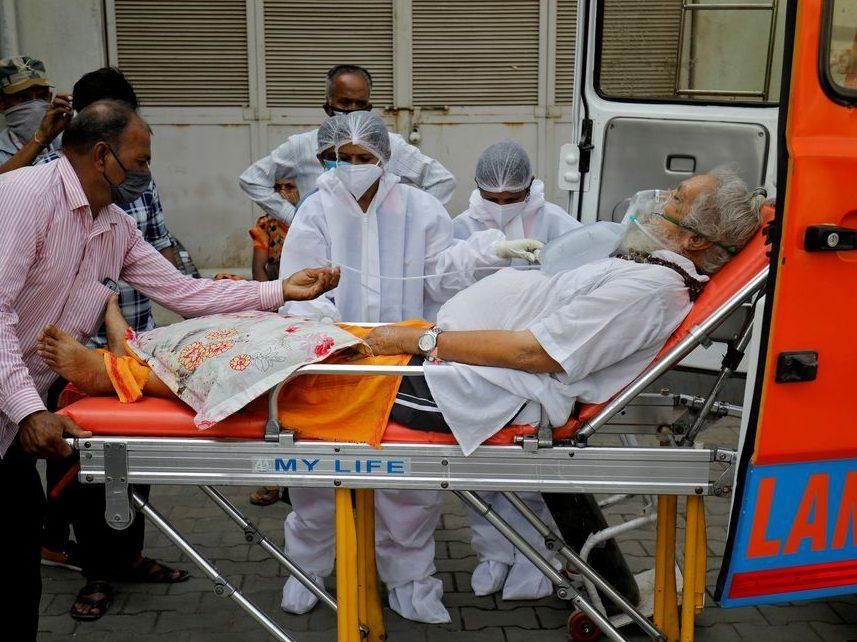

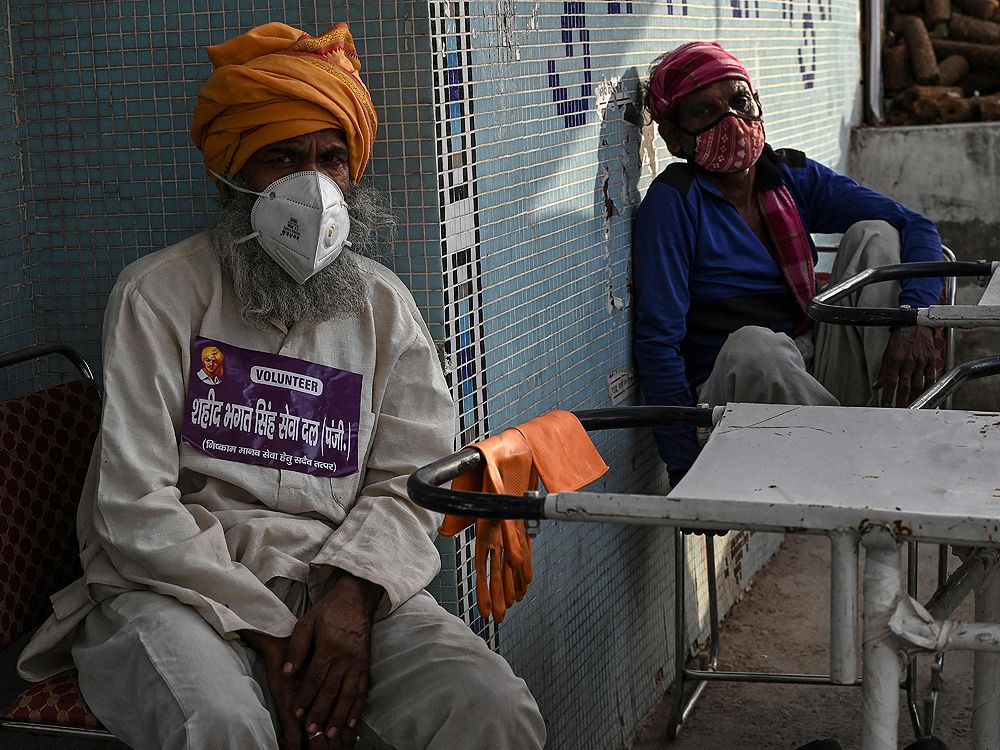
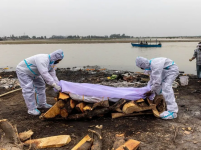
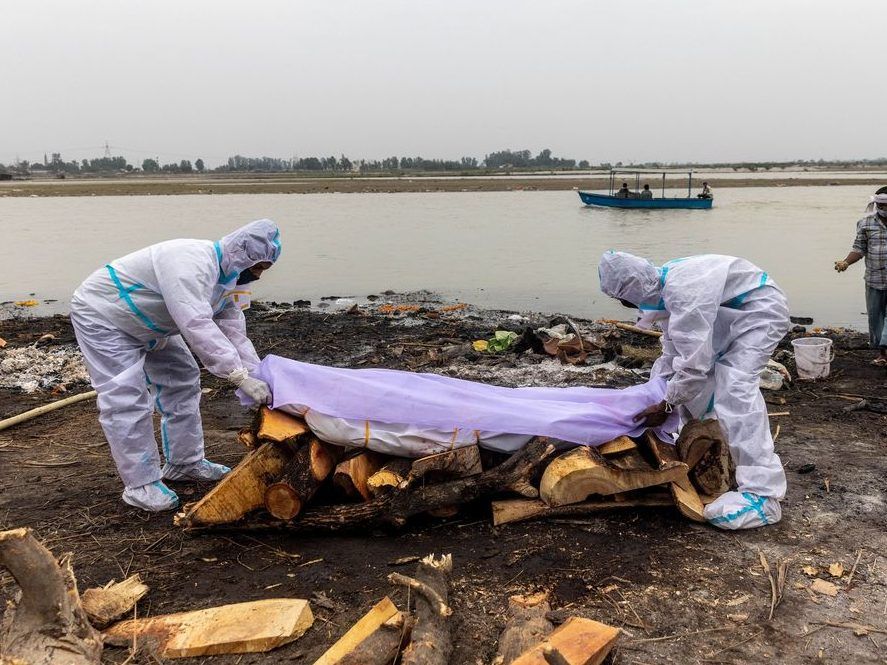


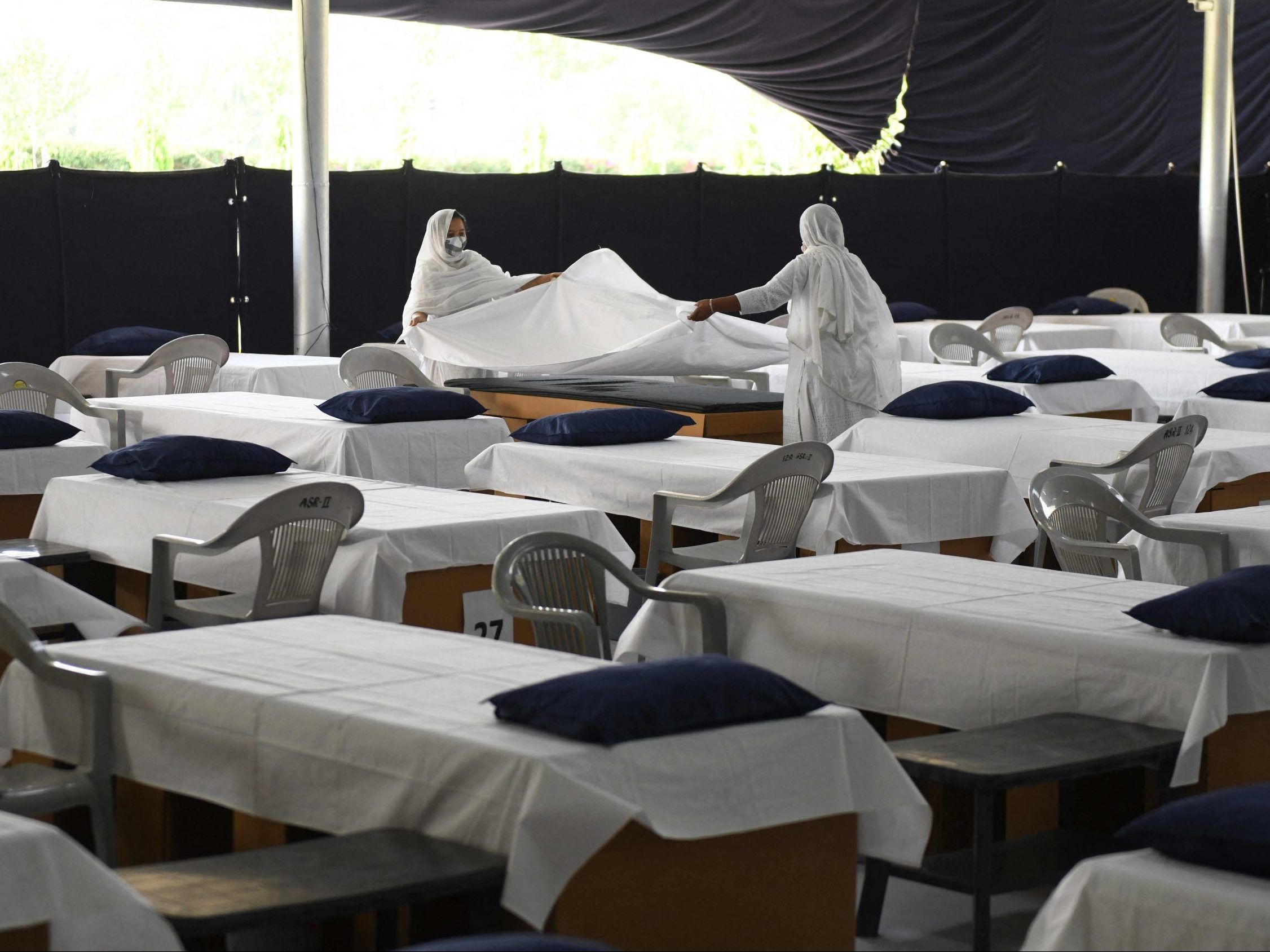




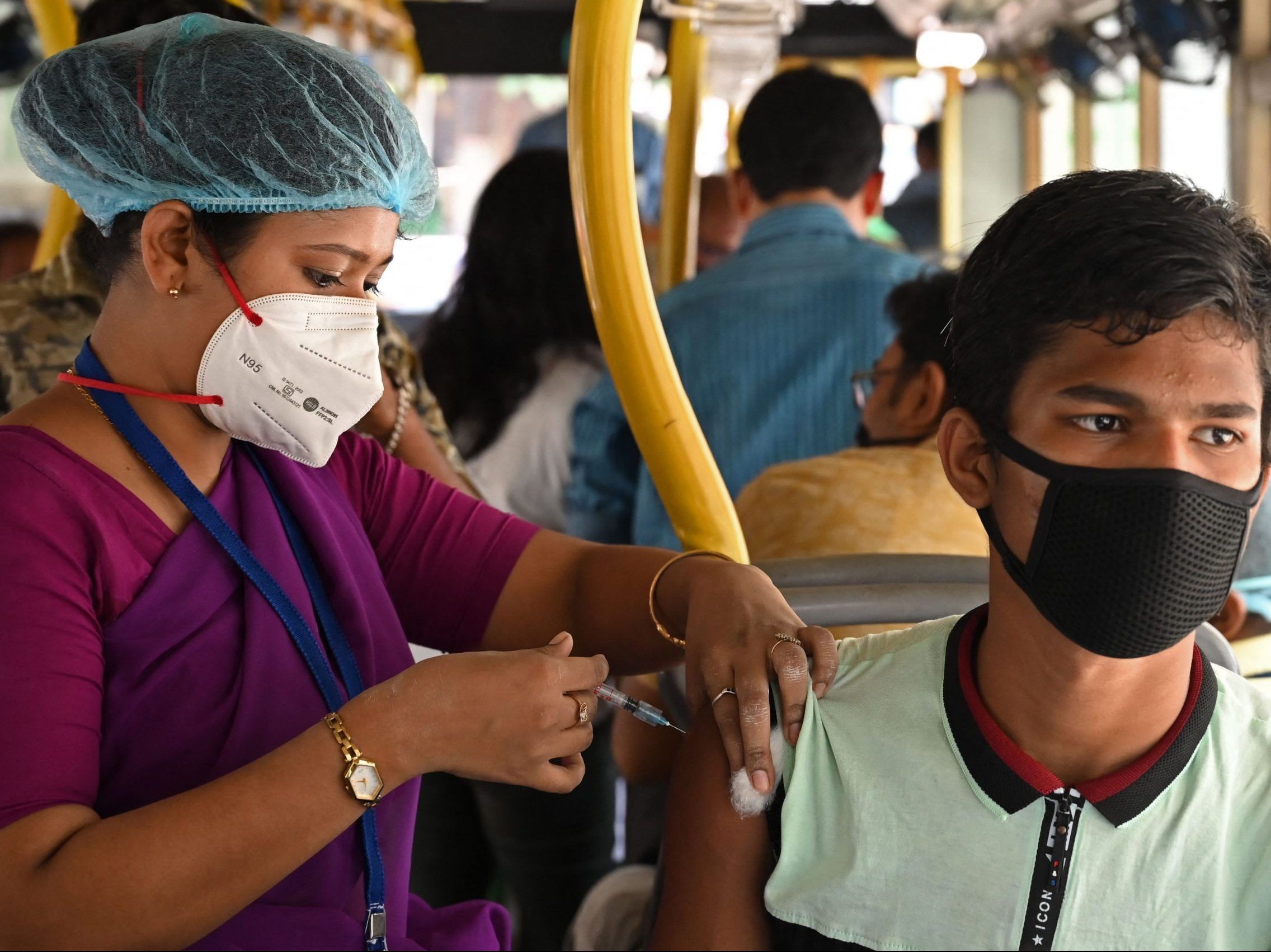
![INDIA-1-scaled-e1622824352766[1].jpg INDIA-1-scaled-e1622824352766[1].jpg](https://forums.canadiancontent.net/data/attachments/7/7199-e2bc9e2e6826c73afce260c01e0794e3.jpg)
